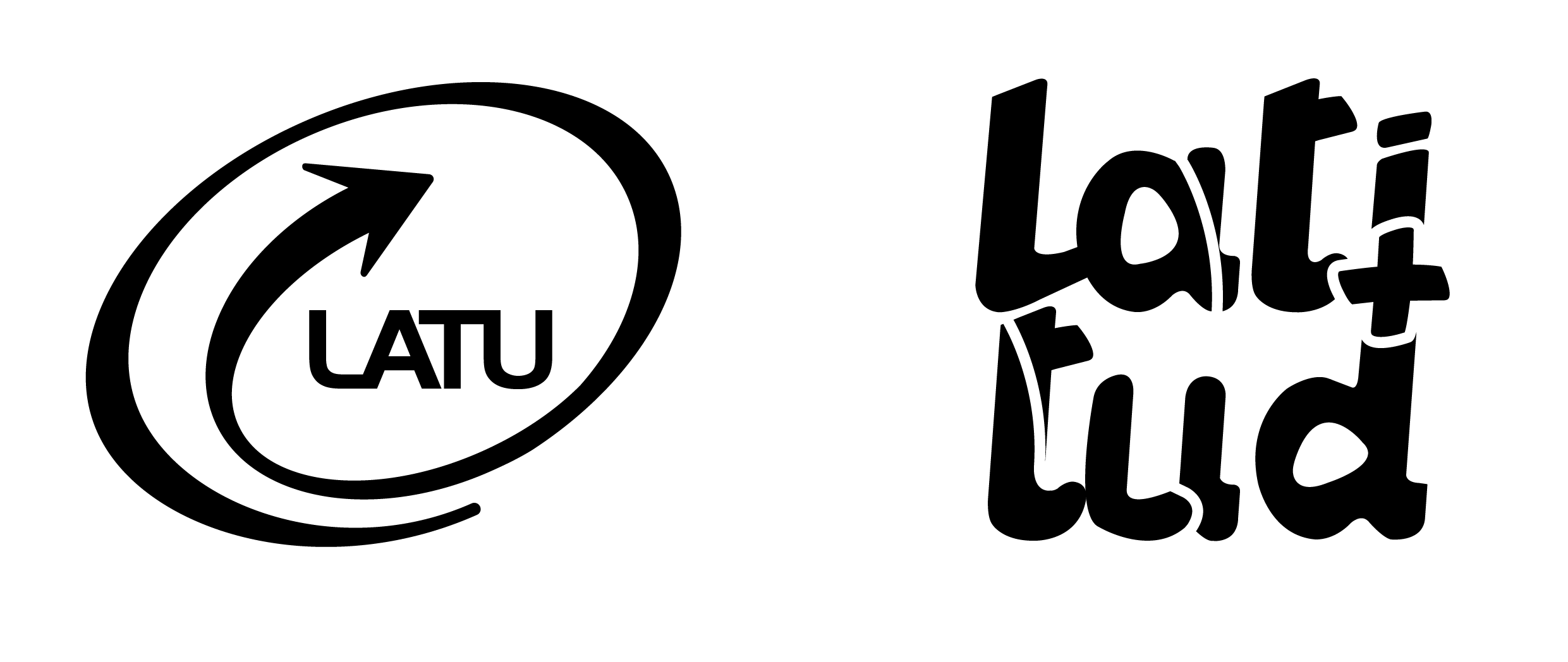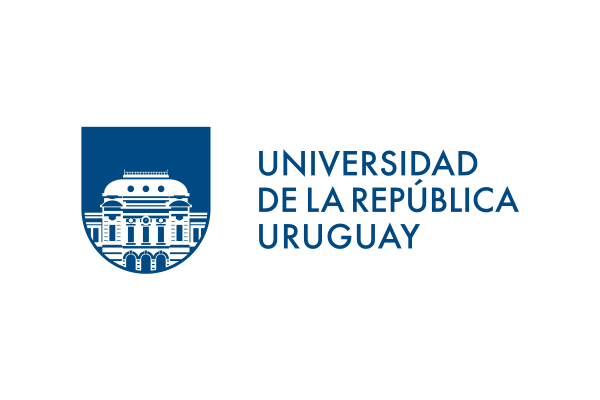Agricultural expansion in Uruguayan grasslands and priority areas for vertebrate and woody plant conservation
Resumen:
Habitat loss due to land-use change is the greatest threat to biodiversity on a global scale, and agriculture has been the principal driver of change. In Uruguay, the conversion of native grasslands to croplands (e.g., soybean) and exotic forest plantations (Eucalyptus and Pinus) has accelerated during the last two decades. We studied the vulnerability of vertebrate and woody plant diversity to the loss of grassland areas, driven by agricultural and forestry expansion, to identify priority areas for conservation. We assessed the spatial variability of biodiversity vulnerability in function of species richness and number of focal species (i.e., prioritized species) of woody plants and terrestrial vertebrates that use grassland ecosystem as habitat. The top 17% of vulnerable sites (51 of 302 cells) were selected as priority conservation areas for Uruguay, following Aichi Target number 11. Approximately 36 % of the original continental territory of Uruguay, mainly grasslands, was converted to cropland (28%) and exotic forest plantations (8%) in 2015. Approximately 27% of the priority cells for conservation of vertebrates and woody plant diversity have been transformed, especially in three ecoregions in which habitat loss was between 35-45%. We simulated a land-use scenario for 2030, based on national production goals of soybean and exotic forest plantations, projecting that: (1) the overall loss of original habitat (mainly grasslands) would reach 48% of the country’s land area, and (2) 45% of the priority cells would be converted to agricultural lands, especially in four ecoregions, with habitat losses greater than 50%. Our results suggest an urgent need to develop strategies to reduce the rate of natural grassland loss in Uruguay, as well as to conserve biodiversity and ecosystem services associated with these systems. Conservation efforts should focus on prioritized cells, especially those with no protection status and a high likelihood of agricultural conversion in 2030, through expanding public and private protected areas and promoting wildlife-friendly agricultural alternatives, such as beef production in natural grasslands.
| 2020 | |
|
Agricultural expansion Biodiversity vulnerability Conservation priority Exotic forest plantation Grasslands Soybean crop |
|
| Inglés | |
| Universidad de la República | |
| COLIBRI | |
| https://hdl.handle.net/20.500.12008/32380 | |
| Acceso abierto | |
| Licencia Creative Commons Atribución (CC - By 4.0) |












